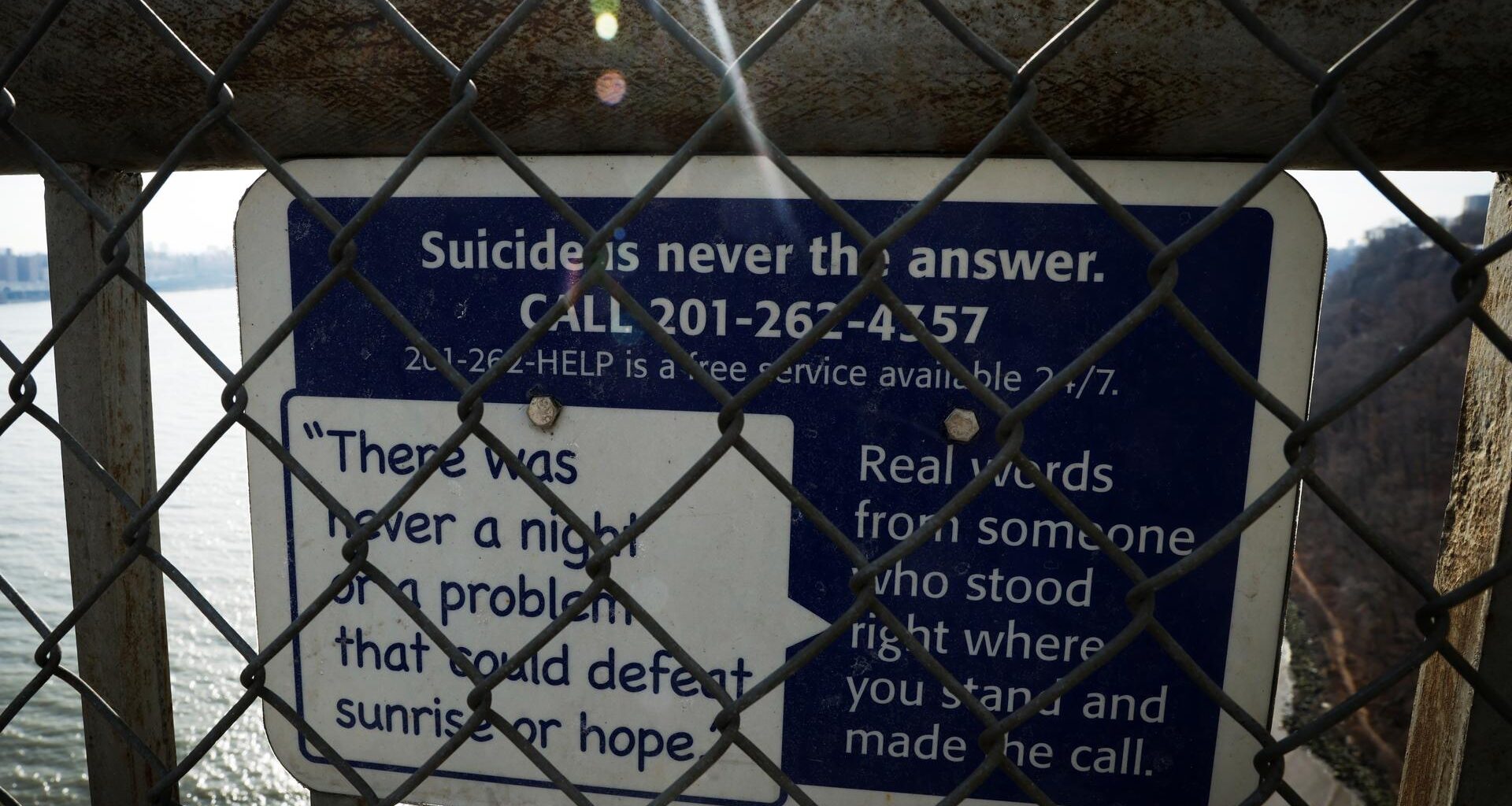the health strategist
institute for strategic health transformation
& digital technology
Joaquim Cardoso MSc.
Chief Research and Strategy Officer (CRSO),
Chief Editor and Senior Advisor
October 18, 2023
One page summary
What is the message?
Recent research has unveiled a disturbing trend of significantly higher-than-average suicide rates among healthcare workers in the United States, a problem that predated the COVID-19 pandemic but gained more attention during the crisis.
The study highlights the urgent need to address the mental health vulnerabilities of healthcare professionals, particularly “healthcare support workers,” such as nursing aides and dental assistants, who face a staggering 81% higher risk of suicide compared to non-healthcare workers.

Key Takeaways
Higher Suicide Rates:
The research, tracking over 1.8 million employed adults from 2008 to 2019, reveals that healthcare workers, on average, had suicide rates 32% higher than non-healthcare workers when adjusting for demographic factors like age, sex, race, and marital status.
Healthcare Support Workers Most Vulnerable:
Healthcare support workers, including nursing aides and occupational therapy assistants, experienced an alarming 81% higher suicide rate compared to non-healthcare workers. Registered nurses and health technicians also had significantly elevated suicide rates of 64% and 39%, respectively.
Gender Disparity:
The data suggests that the link between healthcare occupations and suicide risk may be more pronounced for women, emphasizing the need for gender-specific interventions.
Physicians and Mental Health Workers:
Surprisingly, the study did not find elevated suicide rates among physicians, social and behavioral healthcare workers, or other practitioners involved in patient diagnosis and treatment.
Statistics
- Healthcare workers experienced a 32% higher suicide rate per 100,000 people compared to non-healthcare workers.
- Suicide rates for healthcare support workers were 81% higher.
- Registered nurses had a 64% higher suicide rate.
- Health technicians, including lab technologists and paramedics, had a 39% higher suicide rate.
- Suicide rates were not significantly elevated among physicians or mental health practitioners.
Examples
- A nursing aide, struggling with the demands of patient care and facing potential work-related stressors, had an 81% higher risk of suicide.
- Registered nurses, who often deal with long hours and high-pressure situations, had a 64% higher suicide risk compared to non-healthcare workers.
- Health technicians, including lab technologists and paramedics, faced a 39% higher risk of suicide, possibly due to the challenging and emotionally taxing nature of their work.
Conclusion
In light of these findings, addressing the mental health vulnerabilities of healthcare workers is of paramount importance.
With the spotlight on their mental well-being during the COVID-19 pandemic, the research urges continued efforts to support and improve the mental health of healthcare professionals and emphasizes the critical need to identify and rectify work-related factors contributing to their mental health risks.
Additionally, ensuring that seeking mental health treatment does not lead to punitive consequences is essential in reducing the alarming suicide rates among this crucial workforce.
DEEP DIVE

This summary was written based on the article “Suicide Risks of Health Care Workers in the US”, published by the JAMA Network and written by Mark Olfson, MD, MPH; Candace M. Cosgrove, MPH; and Melanie M. Wall, PhD, on September 26, 2023.
To read the full article, access https://jamanetwork.com/journals/jama/article-abstract/2809812?utm_source=Sailthru&utm_medium=Newsletter&utm_campaign=Health-Rounds&utm_term=101923












